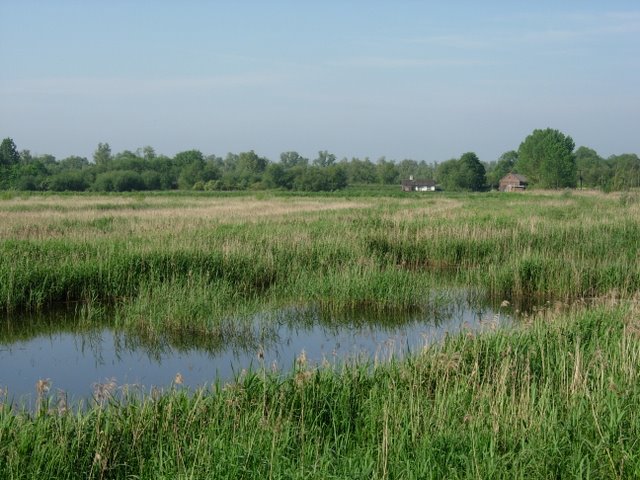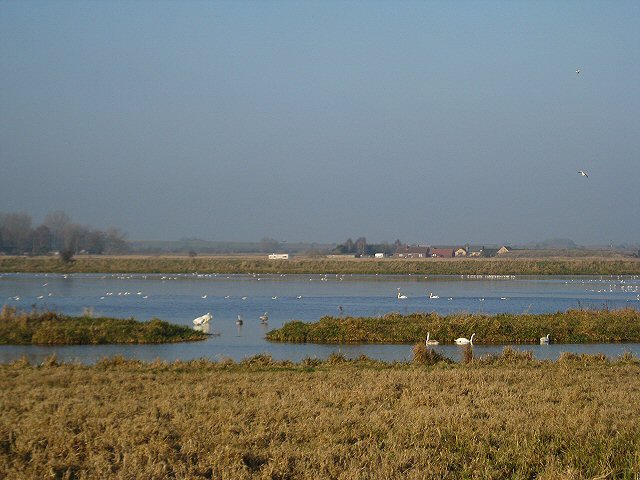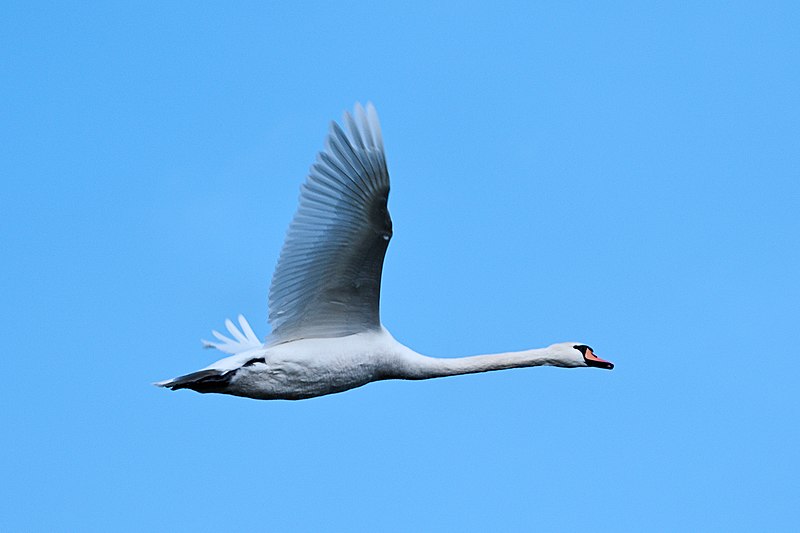Lakenheath Fen

Lakenheath Fen nature reserve, which was once a carrot patch, has become a habitat for a wide range of species in the last 12 years. Marsh harriers, hobbies, bearded tits, and warblers inhabit the wetland, which is now teeming with life. The golden oriole, one of the rarest birds in the UK, breeds here. There is a nature trail network with a visitor centre and four viewpoints where the public can enjoy the magnificent scenery.
Bearded Tit
Bearded tits are often hard to spot; you have to listen for their bell-like ‘pinging’ calls and keep an eye out for them zipping across the reeds. When the water is calm, they perch on the reeds’ stems and eat the seeds that fall.
Bittern
The bitterns living at Lakenheath are perfectly adapted to survive in the reed beds. The male’s liquid ‘booming’ call sounds like someone blowing gently across the top of a milk bottle, but it is very difficult to see because he is very well camouflaged.
Golden oriole
There are just a few locations in the UK where golden orioles can be found nesting. The male birds are black and bright yellow, but it is very difficult to spot them as they hide in the poplar plantations. Listen for their smooth, fluty spring song and keep your eyes open for their beautiful colours.
Hobby
Arriving in April, hobbies are part of the falcon family and roam around Lakenheath until September. These birds are extremely fast and agile. They hunt smaller bird species, such as martins, and sometimes even catch dragonflies with their feet. If you watch carefully, you’ll spot them bringing their prey up to their beaks with their feet.
Marsh harrier
Marsh harriers can be seen gliding over the reedbed, their wings raised in a shallow ‘v’. During spring, they perform their outstanding ‘sky dancing’ stunts high in the air.

RSPB Lakenheath Throughout the Year
The atmosphere at Lakenheath Fen is different every season. In spring, birds compete to attract a mate and establish their territories, filling the air with their song. During this time, sedge, kestrels, marsh harriers, reed, grey herons, and grasshopper warblers all come out into the open. The summer brings young bird species venturing out into the world for the first time, and the marsh harriers can be seen collecting food for their babies.
The arrival of autumn is a good time to observe large numbers of migrating birds. Some come to the UK to escape the freezing Arctic winter, while others seek a warmer climate in the South. Gadwalls, spot teals, wigeons, tufted ducks, shovelers, and sometimes even whooper swans can all be spotted during this time.

Immense flocks gather to feed and travel at dusk to start forming roosts for warmth in the wintertime. Many of the same bird species that come out in autumn can also be seen in the winter.
RSPB Lakenheath hosts various child-friendly events throughout the year. Visitors are welcome to bring their dogs along, but pets are only allowed on the public bridleways and footpaths. There are two wonderful trails to explore.
How to Get to Lakenheath Fen
If you are travelling from the village of Lakenheath, go north on the B1112 for approximately three kilometres before going over the level crossing and turning left into the entrance of the nature reserve.
Get in touch with the reserve by contacting 01842 863400.
Find more places to view magnificent birds on Birdwatching in Suffolk.
